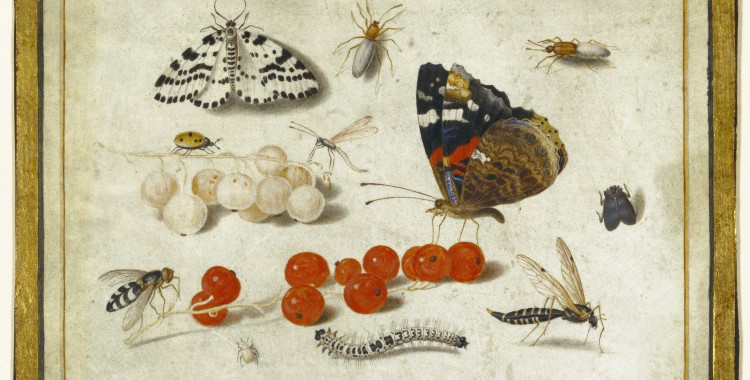
The Arts in Science and Nature
February 16, 2015
by Diana Greenwald | Filed in: Interdisciplinary
Studies at the intersection of art and economics form part of a larger body of research that bridges the gap between cultural subject matter and quantitative methods. Symptomatic of this trend, several papers about art and culture have been published in some of the top science journals—specifically Nature and Science. Researchers trained in both the sciences and the humanities are the authors of these papers.
Perhaps the first type of these papers (or at least the first that a cursory search reveals) was “Quantifying the Evolutionary Dynamics of Language,” a 2007 article in Nature by geneticist Erez Lieberman Aiden, Systems Biologist Jean-Baptiste Michel, and several other co-authors. Michel and Liberman Aiden’s work—in particular, their work on the text corpus search and data tool Google Ngrams—was later highlighted in a Nature news article in 2010. The praising article about “Culturnomics” described how Liberman Aiden became interested in the study of the evolution of language and how he sought to demonstrate the usefulness of Ngrams to traditional humanities scholars. In the five years since the news article was published, not only have digital tools like Ngrams eked out a strong foothold in humanities research, but art historians have also started to infiltrate scientific publications.
The University of Texas—Dallas professor Maximilian Schich has a doctorate in art history. One of his latest publications was, however, not in The Art Bulletin or another art historical journal, but in Science. “A network framework of cultural history” (2014) by Schich, et. al. charts the ebbs and flows of cultural centers around the world and, more generally, the level of mobility of artists through time. The result is a dataset and analysis that contributes not only to the history of cultural networks but also to demographic history and the history of migration more generally.
Though it is certainly exceptional rather than typical to see humanities-related articles in scientific publications, their presence is an encouraging sign for interdisciplinary research on the margin between the quantitative and the qualitative. The digital humanities should not simply be a one-way street where scientific methodologies and perspectives begin to find their place in humanities scholars’ toolkits. Instead, a truly interdisciplinary project will be a two-way exchange of ideas, subject matter and method. These publications indicate that it can indeed be this kind of mutual interchange.
